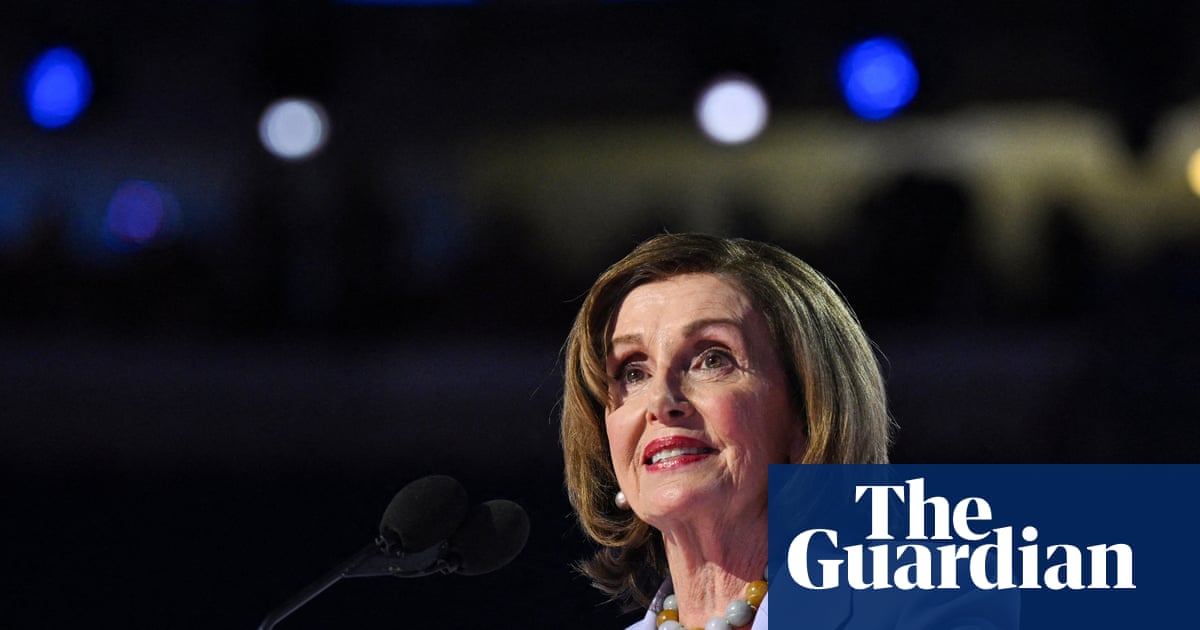It shouldn’t really be a surprise that South Park has become “the most important TV show of the Trump 2.0 era”. Trey Parker and Matt Stone have spent decades taking any potshot they like at whoever they choose, from Saddam Hussein to Guitar Hero to – thanks to their inexplicable 2001 live-action sitcom That’s My Bush! – other sitting presidents.
But by using every episode in its latest series to focus their fury solely at the current US administration, hitting Trump with a combination of policy rebuttals and dick jokes (and daring him to sue them in the process), this is the strongest sense yet that Parker and Stone are out for nothing less than full regime change.
Let’s not pretend that South Park is the first cartoon to attempt this, though. For almost a century, animation has often proved to be a better satirical weapon than anything made with flesh-and-blood actors. There is a sense that, to some, George HW Bush will be remembered by the mauling he received at the hands of The Simpsons, which depicted him as a gullible, uptight neighbour after he dared to criticise the show during a speech on family values. You could argue that the show pulled its punches a little – his episode, Two Bad Neighbors, didn’t air until he had been out of office for three years – but the anger is still palpable.
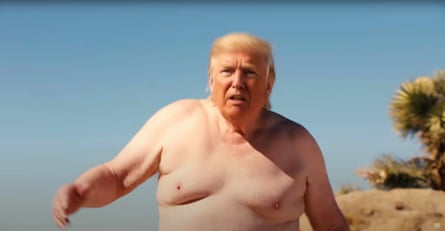
Similarly, even though Seth MacFarlane’s American Dad has been going for so long (388 episodes and counting) and its satire has long since softened into screwball sitcommery, it’s important to remember that his series came to fruition as a response to the George W Bush administration in the wake of 9/11. The protagonist is a patriotic Republican CIA agent hellbent on enforcing homeland security no matter what. In season three, he performed a Schoolhouse Rock-style song about the Iran-Contra scandal that may well qualify as the best entry-level explainer of the subject ever made.
The fact that these worked where That’s My Bush! failed might be down to the fact that they are animated. “I think there’s a spectrum,” says Dr Adam Smith of York University’s Research Unit for the Study of Satire. “On one end, you’ve got film, where you’re seeing an actual representation of the thing you’re satirising. And on the other end of the spectrum, there are things like abstract poetry, where the viewer has to work harder to figure out what the thing means. Visual comedy, like cartoons and caricatures, is on the direct end of the spectrum, so you get the message in a split second.”
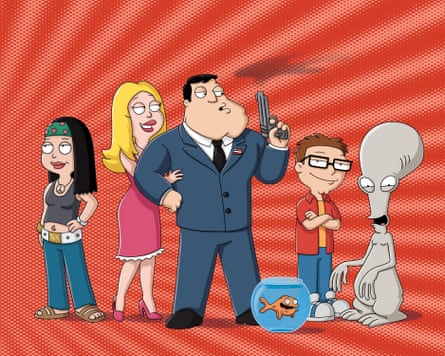
This is partly why South Park is succeeding in tackling Trump; while drama and journalism might grapple with the totality of Trump’s instincts and temperament, South Park can depict him as a horny psychopath with a tiny penis, and it lands all the harder.
The approach is in huge contrast to their depiction of Trump during his last term. Back then, the show largely avoided him, instead drawing in the elementary school character Mr Garrison as a Trump character. As Dr Smith explains, that was a far more traditional way of tackling a government.
“A lot of satire as we understand it today relies on allegory or double entendre,” says Smith. “This evolved in the 18th century in response to libel laws. It’s a way to critique the thing without being prosecuted for the thing.”
But this time around, South Park is going in two-footed. This season’s Trump is Donald Trump, animated with a photo of his face. This doesn’t leave much room for allegory.
“What they’re doing now is the opposite of how satire normally works,” Smith continues. “It’s almost like they’re trying to get prosecuted, isn’t it? The satirical act of this new series is the baiting of Donald Trump. If they can get the president of the free world to try to sue them, it reveals that he’s not got a good sense of humour. It reveals he’s petty. It reveals that he’s ridiculous. So the critique will actually be in the way he responds.”
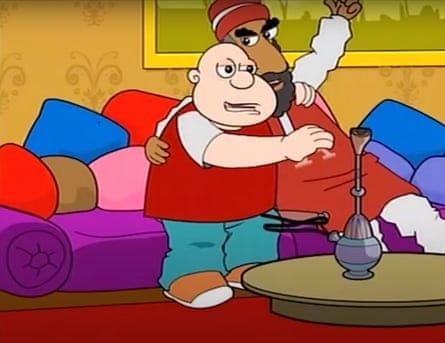
Of course, these are very American examples of satire, bright and funny and direct. It’s telling that British efforts to mimic this approach tend to be rooted less in longform series and more in sketch. Spitting Image is the prime example here, which was able to crystallise the perception of several leading politicians for 12 years in the 80s and 90s. But even this has cooled of late. BritBox’s Spitting Image revival died on impact in 2020, and other attempts at animated sketch satire (like 2DTV and Headcases) similarly failed.
The comedian and philosopher Imran Yusuf attempted a version of this with his 2014 animation Union Jack, about a British man who – proving some subjects never fully go away – is aggressively suspicious of his non-white neighbours. “We wrote a couple of scripts and tried to pitch it, but everyone turned it away. When it went out on BBC Three, the commissioner hated it,” says Yusuf. “Britain is terrified of doing what the Americans do in regards to political satire and animation. Why don’t we have The Simpsons and Family Guy and American Dad and South Park? Part of the problem is, and this is where it gets really hairy, if a black or a brown writer writes political satire that satirises white politics and white culture, there’s going to be less commissioning will to make it happen.”
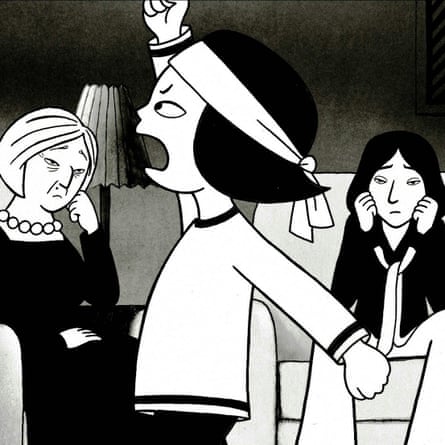
Still, it could be worse. Elsewhere in the world, where authoritarian regimes tend not to enjoy direct insults, animators have long since used other methods to get their point across. For example, Marjane Satrapi’s film Persepolis, about a young girl struggling to come of age against the backdrop of the Iranian Revolution – which it depicts unflatteringly – could only have been made outside Iran. Indeed, upon release it faced bans in Iran and Lebanon, and in recent years schools in some American states have attempted to ban Satrapi’s original graphic novel from schools.
Elsewhere, artists have had to use metaphor and symbolism to slip the net. During its time spent under military dictatorship from the 60s to the 80s, Brazil’s government suppressed political art, so artists were forced to obfuscate their point. This resulted in work like Vendo Ouvindo by Lula Gonzaga. On the surface, the film is simply a rudimentary cutout of a face. However, as soon as you key into the context in which it was made, you realise that the face can see and hear but not speak. In other words, it’s a reflection of life under authoritarian censorship.
But sometimes even this doesn’t work. Dimensions of Dialogue, a short film by the Czech film-maker Jan Švankmajer, was an abstract depiction of, among other things, one clay head sharpening its tongue on another clay head. Despite containing no specific message, it was made in explicit defiance of the Czechoslovak Communist party’s preference for social realism in animation. And it worked; the party not only banned it, but used it as an example of the sort of thing it wouldn’t stand for.
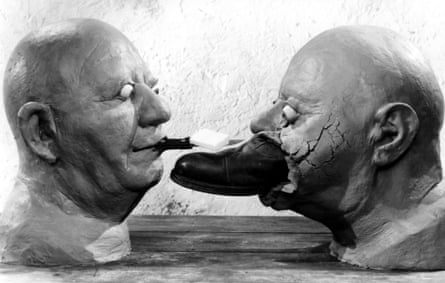
Tellingly, the White House reaction to South Park has been the exact opposite: JD Vance and the US Immigration and Customs Enforcement chose to tweet about their depiction rather than try to erase it from existence.
But, as Dr Smith says, the fact that the administration is attempting to laugh along with it doesn’t mean that the satire has failed. “I suppose it depends on what the point of satire is,” he says. “You always get these questions like, does it change anything? I think it’s too soon to say. My preferred explanation when people ask about the value of satire is that, if you engage in enough satire, it makes you incredulous. Perhaps the ultimate goal of South Park is not how JD Vance or Ice reacts, but the people who have watched it and thought about it. Are they going to be more critical in their day-to-day lives as a result?”
With this in mind, something like South Park, which has the ability to go after Donald Trump so aggressively that nobody can misunderstand its point of view, is something of an outlier. But if America does slip into full-blown dictatorship, as with Brazil and the Eastern Bloc before it, this might all change. In other words, if you like your animation satirical, now might be the time to get into abstract clay heads.

 3 months ago
49
3 months ago
49










